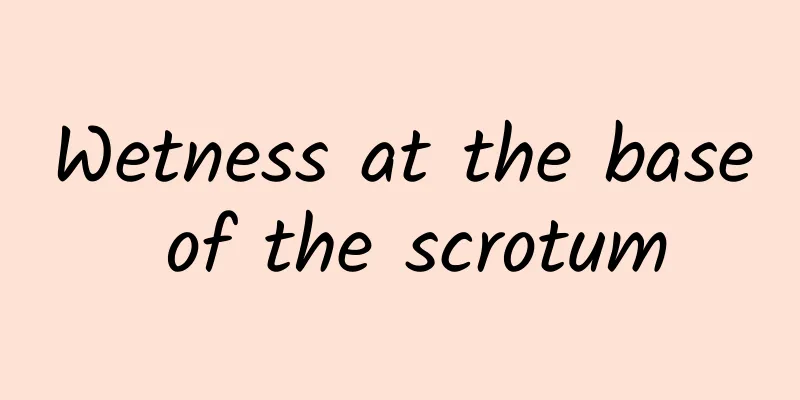What causes bladder prolapse and how is it treated?

|
Bladder prolapse is when the pelvic floor muscles and urethra relax and the bladder sags outside the urethra. When bladder prolapse occurs, patients usually experience urinary incontinence. So, what is the cause of bladder prolapse? And how to treat it? Causes of Bladder Prolapse 1. Pregnancy and childbirth: Excessive pressure of the fetal presenting part on the pelvic floor muscles, increased abdominal pressure due to forceps and postpartum coughing can all cause relaxation and damage to the pelvic floor tissues. 2. Urethra and vaginal surgery: Urethral cancer resection, extraurethral injury and damage, and radical resection of cervical cancer can all destroy the normal structure and support of the urethra and bladder. 3.Urethra injury: Severe urethral laceration or extreme urethral dilation such as transurethral intercourse can cause relaxation of the internal and external urethral sphincters and bladder neck. 4. Weakness and estrogen deficiency: Long-term illness and failure can cause local tissue relaxation; estrogen deficiency causes a decrease in urethral closure pressure. 5. Increased intra-abdominal pressure: Chronic cough, constipation, dysentery and acute cystitis can all cause increased intra-abdominal pressure and become the cause of bladder prolapse. Chinese medicine treatment The treatment of bladder prolapse requires tonifying the middle and replenishing Qi. The main formula is 12 grams of angelica, 10 grams of tangerine peel, 8 grams of cimicifuga, 10 grams of bupleurum, 12 grams of pseudostellaria, 12 grams of white poria, 15 grams of astragalus, 10 grams of ginseng, 10 grams of atractylodes, and 10 grams of licorice. Surgical treatment There are two surgical methods for bladder prolapse: manual reduction and surgical suspension. Manual reduction is to gently push the bladder back to its original position under anesthesia with the hand, a straight urethral metal probe or a cystoscope. Incomplete prolapsed bladder often leads to a large amount of retained urine after reduction, and it is left in place for one week after reduction. Simply reducing the bladder without leaving a catheter is often difficult to achieve the purpose of reduction, and recurrence occurs in a short period of time. Surgical suspension is suitable for those who are ineffective in surgical reduction. The surgical method is to fix the bladder to the fascia of the anterior abdominal wall. |
<<: Family assistance is crucial in postoperative care for cystostomy patients
>>: Pathogenesis and clinical manifestations of bladder leukoplakia
Recommend
What does a male physical examination check?
With the improvement of living standards, people&...
What is the reason for coughing in the middle of the night? Do you know?
I have had this experience before. I was often wo...
Man's groin is damp and smelly
The groin is located on the inner side of the thi...
Why can't I get an erection after taking Shenbao?
Shenbao tablets are a common aphrodisiac and kidn...
Why is the foreskin too long?
Every man should pay attention to the problem of ...
What are the effects of zinc on the prostate?
Zinc is a very important nutrient for the human b...
How many of the "Four Heavenly Kings" of male sexual enhancement foods do you know?
1. Lamb Mutton is a common food in our daily life...
How to lose weight with high body fat? Teach you three ways to reduce body fat percentage
Body fat percentage can actually show people'...
My husband has low sperm motility
If you find that your husband's sperm motilit...
How to distinguish between Yin deficiency and Yang deficiency in men's kidneys
There are two manifestations of kidney deficiency...
The dangers of sexual dysfunction
Sexual dysfunction refers to the inability to be ...
How to treat kidney deficiency caused by masturbation
I believe that many boys have had the urge to mas...
How to improve male sexual function?
How to improve male sexual function is a topic th...
How to get rid of depression? 5 tips to help you get rid of depression
Although medicine has not yet figured out the spe...
There is a hard lump under the testicle?
There is a hard lump under the testicle. First, y...









